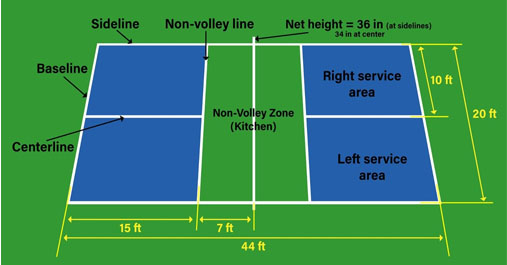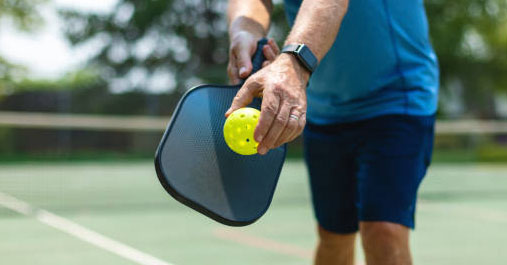
Basketball Acrylic Courts
A Basketball Acrylic Courts is a specially designed and marked area where the sport of basketball is played. It is essential to have standardized dimensions and markings to ensure fair play and consistent gameplay. Here are some key features of a typical Basketball Acrylic Courts:

Court Dimensions:A standard Basketball Acrylic Courts is rectangular and measures 94 feet (28.65 meters) in length and 50 feet (15.24 meters) in width. However, the dimensions can vary for different levels of play. For example, high school and college courts may have slightly different dimensions.
Basketball Hoop: At each end of the court, there is a hoop mounted on a backboard. The hoop is positioned 10 feet (3.05 meters) above the floor.
Free-Throw Line: This line is located 15 feet (4.57 meters) away from the backboard and is used for free-throw shots.
Three-Point Line: The three-point line is an arc that is positioned at varying distances from the basket, depending on the level of play. In the NBA, for example, the three-point line is approximately 23.75 feet (7.24 meters) from the basket at its farthest point.
Key or Paint:The key, also known as the paint, is a rectangular area inside the three-point line. It contains the free-throw line and the restricted area (the half-circle inside which defenders cannot draw charging fouls).
Half-Court Line:The half-court line divides the court into two equal halves and is used for determining violations like backcourt violations. Sidelines and Baselines: These lines mark the boundaries of the court.
Enquiry Now











